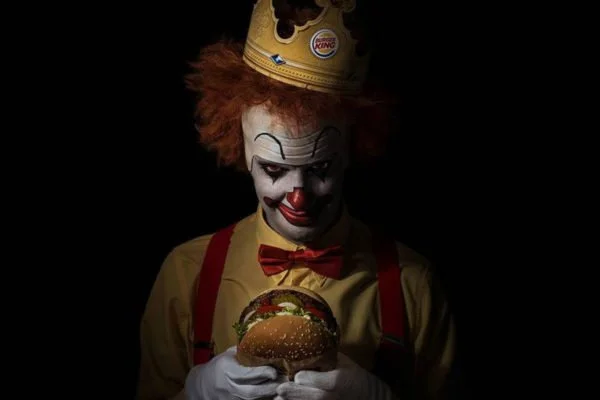The Power of Free
Anything we get for free is hugely motivating and attractive.
What is the Power of Free?
The Power of Free is a psychological quirk in human behavior where individuals exhibit a strong inclination towards items that are offered at no cost, despite minimal price differences compared to other options available for purchase.
The evidence it works
In his quest to understand the phenomenon of how individuals perceive value concerning complimentary items, Dan Ariely crafted a straightforward test.
The initial phase presented participants with a selection between two chocolates: a familiar and economical Hershey’s Kiss priced at a mere cent, and a luxurious Swiss Lindt chocolate truffle valued at 14 cents.
Surprisingly, approximately 75% of the participants opted for the sophisticated truffle.
At the next stage, both prices saw a reduction of one cent. This resulted in the Lindt being priced at 13 cents and the Hershey’s offered for free.
The outcome shifted significantly: over 66% of individuals favoured the free Hershey’s over the more premium Lindt.
How it builds brand memorability
One of the key drivers of brand memorability is ‘Ease’.
If you make your brand easy to access, deal with and buy from, you’re going to build strong, positive connections that lead to memorability.
At the point of purchase, or during the journey to purchase, customer’s decision-making can be made easier by leveraging behavioural biases. And METRIC is our tool for harnessing the power of these biases - snap judgements that help the brain make quick decisions in context - for clients.
METRIC organises the biases into six categories - because these are the key ‘resources’ we always have to spend when make decisions. They are Money, Effort, Time, Risk, Individuality, and Conscious thought. Which handily spells METRIC.
So presenting choices in one of these six frames can tip the balance in comms.
Great examples of the Power of Free in marketing
Delivery’s better when it’s free
What’s better than your goods delivered to your door, than your goods being delivered to your door for free? Chris Anderson wrote about Amazon’s experience of introducing free delivery in his book “Free.” Once Amazon implement their free shipping offer, sales went up in each country except for one – France.
The difference? France charged 20 cents instead of free. 20 cents is basically free, at least in proportion to the item you’re purchasing, yet the 20 cent shipping charge made a drastic difference. Once they changed it to free, sales went up in France as well.
The cost of playing the clown
For Halloween 2017, Burger King launched their Scary Clown Night campaign. Aiming the campaign at their competitors, McDonalds, they offered a free Whopper burger to anyone who came in branch dressed as a clown on Halloween.
Attracting over 110,000 clowns into their branches worldwide that night, there were plenty of free Whoppers snapped up. But with their bold move, Burger King’s global sales went up by 15% that evening too. That really is the power of free.



